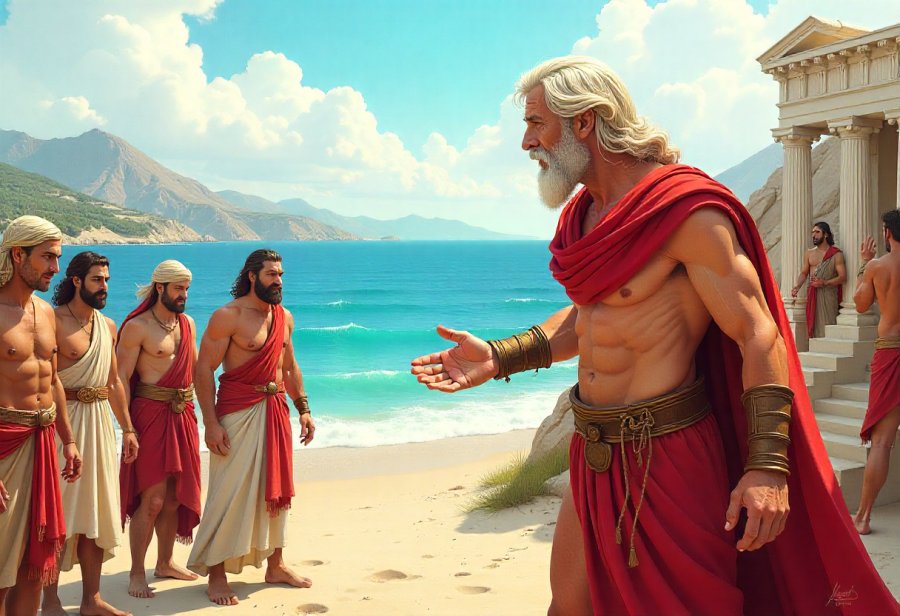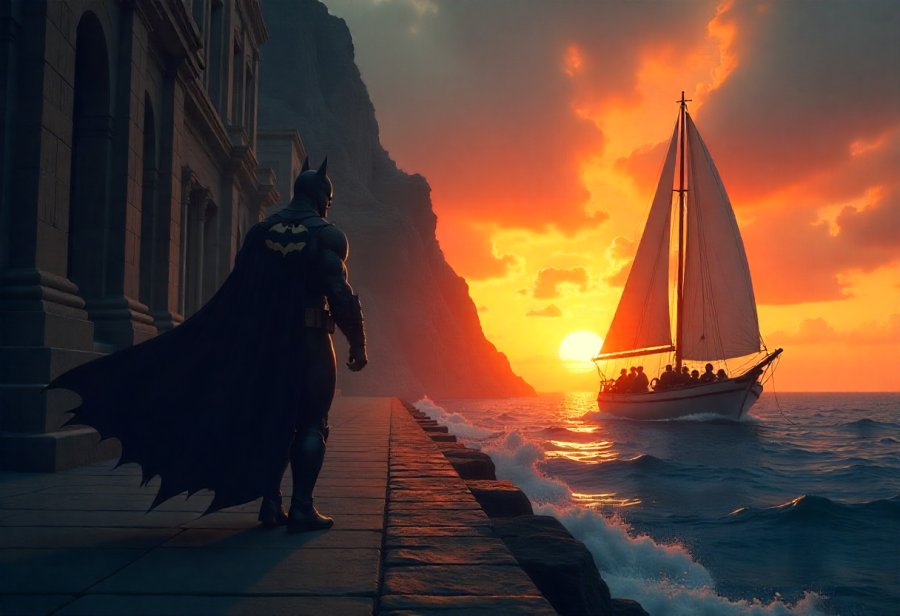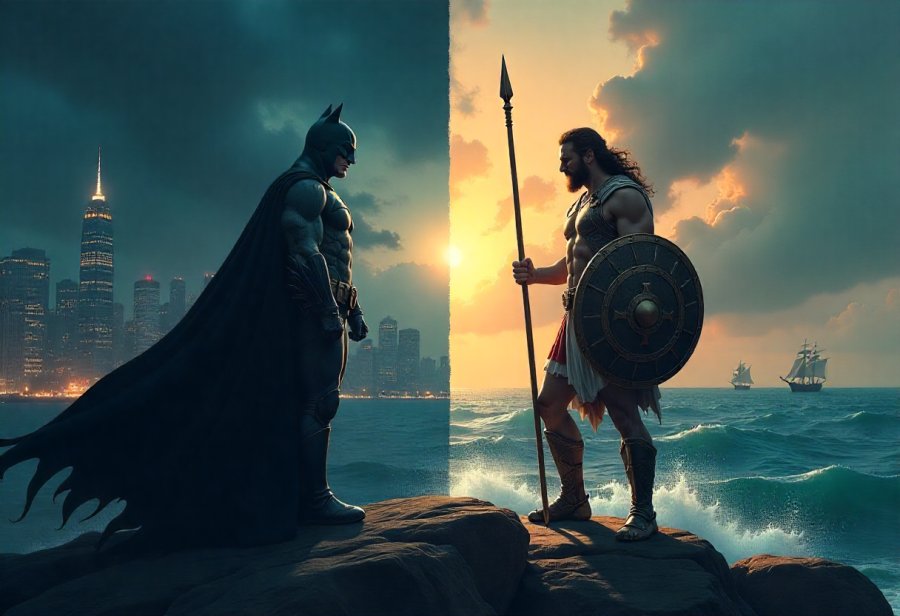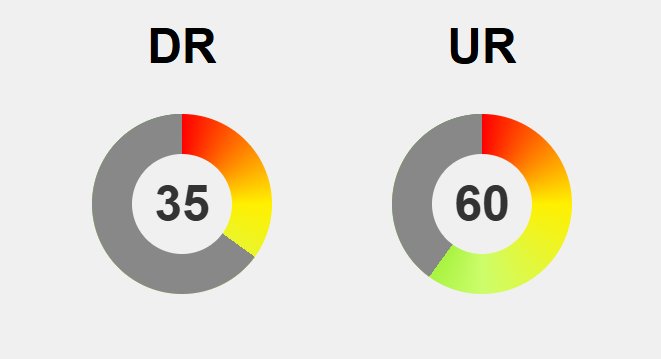Heroes have long served as mirrors reflecting societal values, fears, and aspirations across ages. From Odysseus’s clever endurance in ancient Greece to Batman’s morally complex crusade in modern urban landscapes, their stories reveal how different cultures define heroic ideals. Odysseus embodies traits like resilience, intellect, and honor—qualities prized in a society that celebrated loyalty and divine favor. In contrast, Batman’s resilience, strategic brilliance, and moral ambiguity respond to contemporary anxieties about crime, corruption, and societal decay. This compelling contrast prompts us to ask: Are heroic archetypes universal, rooted in human nature, or are they shaped by the societal challenges that mold each era? Both figures demonstrate that true heroism involves inner strength, adaptability, and moral complexity—traits that transcend time but are always influenced by the cultural environment. Their stories show that heroism evolves, reflecting our deepest hopes and fears, whether in mythic landscapes or urban jungles.

Unveiling Hero Archetypes: Odysseus and Batman as Mirrors of Society
Heroes have long fascinated us, appearing in stories across every culture and era. From ancient legends of gods and kings to modern tales of masked vigilantes, these figures embody the ideals, fears, and hopes of their societies. Their stories reveal what each culture values most—whether it’s strength, intelligence, morality, or resilience—and serve as reflections of societal priorities over time.
Exploring hero archetypes through Odysseus and Batman offers a unique window into how different worlds shape what we consider heroic. Odysseus, the cunning king from Homer’s “Odyssey,” exemplifies the traits celebrated by ancient Greek society: cleverness, endurance, and honor. His long journey home from Troy, filled with divine tests and monsters, highlights qualities like resilience and strategic thinking. In contrast, Batman, created in the 20th century, embodies modern concerns—justice, morality, and individual responsibility—fighting urban crime and chaos in Gotham City.
Despite their differences in setting and era, Odysseus and Batman share core heroic traits. Resilience is a standout—Odysseus endures years of hardships without losing sight of his goal, while Batman battles tirelessly against Gotham’s villains. Both characters demonstrate that heroism isn’t just physical strength; it’s mental resilience, adaptability, and resourcefulness. Their stories show that true heroism involves overcoming adversity through ingenuity as much as through bravery.
By examining these two figures, we see how societal values influence hero archetypes. Odysseus’s story reflects a culture that prized reputation, loyalty, and cleverness, emphasizing endurance and moral virtue. Batman’s narrative responds to contemporary fears—crime, corruption, moral ambiguity—highlighting resilience, justice, and moral complexity. These differences reveal how hero stories are shaped by the specific challenges and hopes of their times, making them both timeless and deeply rooted in their cultural contexts.
Ultimately, the stories of Odysseus and Batman demonstrate that hero archetypes are not fixed but evolve alongside human ambitions and societal struggles. Both figures, separated by centuries and worlds, teach us that resilience and strategic thinking are universal qualities of heroism. Their stories remind us that heroism is about inner strength and moral resolve—traits that continue to inspire us as we navigate our own complex worlds.
Tracing the Evolution of Heroism from Myth to Modernity
The concept of heroism has been evolving for thousands of years, shaped by the societies and cultures that tell these stories. In ancient Greece, heroes like Odysseus embodied values such as cleverness, endurance, and honor. His long journey home from Troy wasn’t just about physical survival but also about navigating divine tests and moral dilemmas. These stories prioritized intelligence and loyalty, emphasizing that heroism involved outsmarting enemies and maintaining reputation amid divine and mortal challenges.
As civilizations progressed, their hero archetypes shifted to mirror new concerns and societal structures. During medieval times, heroes often represented divine authority or royal righteousness, embodying moral virtue and spiritual strength. These figures emphasized moral righteousness and spiritual virtue, aligning heroism with divine favor and moral authority. Moving into modern times, the landscape changed again, giving rise to characters like Batman, who emerge from urban chaos and moral ambiguity. These heroes grapple with complex issues like crime, corruption, and personal responsibility, reflecting society’s evolving fears.
The transition from mythic giants to nuanced, humanized characters highlights how storytelling adapts to societal development. Ancient heroes, often divine or superhuman, represented ideals like strength and divine intervention. Today’s heroes tend to be flawed but relatable, driven by personal trauma or moral struggles. Batman, for example, isn’t born with powers—he’s a wealthy man who chooses to fight crime wearing a mask, embodying resilience and moral complexity. This shift shows how heroism has moved from external divine approval to internal moral conflict, mirroring changing cultural priorities.
Throughout history, these stories reveal societal anxieties and aspirations. Myths often centered on divine intervention and virtues like loyalty and cleverness. As societies became more individualistic and morally complex, heroes like Batman reflect internal conflicts and social issues. Batman’s battles against crime and corruption mirror modern fears about societal decay, while Odysseus’s journey underscores concerns about divine wrath and societal reputation. These evolving narratives demonstrate how hero archetypes continually adapt to the challenges and values of their times.
This evolution also underscores storytelling as a mirror of cultural development. Ancient heroes with divine origins emphasized physical prowess and divine favor, while modern heroes focus on resilience, moral ambiguity, and psychological depth. Batman’s struggles with internal moral dilemmas and societal decay exemplify how heroism now often involves navigating gray areas rather than clear-cut virtues. These shifts highlight that heroes are not static but are shaped by the societal issues they reflect.
In essence, hero archetypes are dynamic, constantly molded by the cultural contexts from which they emerge. Odysseus’s cleverness and endurance symbolize a society that valued reputation and perseverance, while Batman’s moral complexity and tactical ingenuity speak to modern urban fears and hopes. Understanding this ongoing transformation helps us see hero stories as reflections of human ambitions and societal struggles—stories that evolve as much as the cultures that tell them.

Identifying Universal Traits: Resilience, Morality, and Strategy
Both Odysseus and Batman exemplify core traits that define what it means to be a hero across different times and cultures. Resilience stands out as a fundamental quality they share. Odysseus’s decade-long voyage home, filled with divine wrath, monsters, and temptations, showcases unwavering perseverance. His ability to endure relentless hardships without losing sight of his goal highlights resilience rooted in mental toughness. Similarly, Batman’s persistent fight against Gotham’s crime and corruption demonstrates resilience that’s about more than survival—it’s a relentless drive to restore order amidst chaos.
Strategic thinking is another trait linking these heroes, though it plays out differently in each story. Odysseus’s clever plans, like the Trojan Horse, reveal his capacity to think several steps ahead, using deception and psychological insight to outwit enemies and divine forces alike. Batman’s detective skills, gadgets, and tactical planning serve a similar purpose, allowing him to anticipate threats and adapt quickly. Their stories prove that intelligence and adaptability are just as vital as physical strength when it comes to achieving heroic goals.
Morality adds a nuanced layer to both characters. Odysseus often employs deception and morally ambiguous tactics—tricks and betrayals that serve a pragmatic purpose—highlighting a flexible sense of morality driven by survival and reputation. Batman faces equally complex ethical choices, operating outside the law and wrestling with gray areas of justice and vengeance. Both heroes show that heroism isn’t always about clear-cut virtues; it often involves navigating moral gray zones and making difficult decisions that test their character and resolve.
Despite their distinct settings and cultural origins, resilience and strategic thinking are universal pillars of heroism. Odysseus’s endurance and cunning reflect ancient Greek values of loyalty and perseverance, while Batman’s resilience and tactical brilliance respond to modern societal fears—crime, corruption, and chaos. Their stories demonstrate that true heroism depends on inner strength, mental agility, and moral resilience—traits that remain relevant regardless of time or place.
These core traits underscore that heroism is a dynamic blend of mental toughness and moral integrity. Odysseus’s perseverance and cleverness were shaped by a society that prized reputation and endurance, whereas Batman’s resilience and strategic mind respond to urban fears and moral complexities. Their stories remind us that genuine heroism involves more than physical prowess; it’s about the strength of character, adaptability, and moral grit—qualities that continue to inspire across generations.
This exploration of hero traits highlights the importance of understanding diverse perspectives on heroism. For those interested in how modern narratives continue to develop these universal qualities, learning about how characters embody resilience and strategy today can be insightful. To delve deeper into the qualities that define heroic figures across cultures, you can explore more about the qualities of a hero.
Comparing Core Traits: Resilience and Strategic Thinking in Hero Stories
At the core of both Odysseus and Batman are resilience and strategic thinking, traits that define heroism across different eras. Odysseus’s decade-long journey home, filled with divine wrath, monsters, and temptations, exemplifies unwavering perseverance. His ability to endure relentless hardships without losing sight of his goal highlights resilience rooted in mental toughness. Similarly, Batman’s relentless fight against Gotham’s crime and corruption shows resilience that goes beyond mere endurance—it’s about a steadfast drive to restore order, regardless of setbacks.
Strategic thinking ties these heroes together, though it manifests differently in each story. Odysseus’s clever plans, like the Trojan Horse, demonstrate his capacity to think several steps ahead, using deception and psychological insight to outwit enemies and divine forces alike. Batman’s detective skills, gadgets, and tactical planning serve a similar purpose, enabling him to anticipate threats and adapt quickly to changing circumstances. Both characters reveal that intelligence and adaptability are crucial, often more vital than brute strength, in achieving heroic goals.
Morality adds depth to their characters, presenting heroes who navigate complex ethical terrain. Odysseus’s use of deception and morally ambiguous tactics reflect a pragmatic approach, where morality is flexible when survival and reputation are at stake. Batman’s moral code, operating outside the law, constantly wrestles with gray areas of justice and vengeance. Their stories show that heroism isn’t about clear-cut virtues; it involves making tough decisions in morally ambiguous situations that test their character and resolve.
Despite their different settings and cultural backgrounds, resilience and strategic thinking remain universal pillars of heroism. Odysseus’s endurance and wit mirror a society that valued loyalty, reputation, and perseverance. Batman’s resilience and tactical brilliance respond to urban fears—crime, chaos, and moral complexity. These traits underscore that true heroism depends on inner strength, mental agility, and moral resilience—qualities that transcend time and place, continuing to inspire across generations.
In the end, what makes these traits so compelling is their universality. Whether navigating divine tests or urban chaos, Odysseus and Batman embody qualities essential for overcoming adversity. Their stories remind us that resilience and strategic thinking are not just heroic traits—they are vital tools for confronting life’s most daunting challenges. This enduring relevance shows that hero archetypes, no matter how different their worlds, are rooted in the timeless human pursuit of strength, adaptability, and moral courage.

Reflections of Society: How Odysseus and Batman Define Heroic Ideals
The stories we tell about heroes are more than just entertainment—they serve as mirrors reflecting the values, fears, and hopes of the societies that create them. Odysseus and Batman, separated by centuries and cultures, reveal how different worlds shape what we admire and aspire to in a hero. Odysseus embodies ancient Greek ideals like cleverness, endurance, and honor, emphasizing resilience and strategic thinking. His journey highlights a society that celebrated reputation, loyalty, and moral virtue, where heroism was about navigating divine and mortal challenges with wit and perseverance.
In contrast, Batman’s character mirrors modern urban anxieties. His vigilante role responds to fears of crime, corruption, and moral ambiguity, portraying a hero who fights not just physical villains but also societal decay. His resilience and tactical ingenuity symbolize hope that justice can be achieved through individual effort, even outside traditional legal systems. These differences demonstrate how societal concerns influence the traits heroes develop and elevate, shaping stories that resonate with contemporary struggles and aspirations.
Examining these figures makes clear that hero archetypes are not fixed. They evolve alongside cultural shifts, adapting to new challenges and moral landscapes. Odysseus’s resourcefulness and endurance reflect a society that valued loyalty and perseverance, while Batman’s moral complexity and resilience respond to the complexities of modern life. Their stories act as cultural barometers, revealing what each society fears and values most at a given time. They remind us that heroism is a dynamic concept, constantly shaped by human ambitions and societal narratives.
This ongoing evolution shows that heroes are reflections of their environment. As societies face new fears and develop fresh ideals, their heroes change accordingly. Today’s heroes often embody resilience, moral nuance, and social awareness—traits that echo current hopes and anxieties. Their stories remain relevant because they speak to universal human struggles, even as specific traits adapt to fit cultural contexts. Recognizing this helps us see hero stories as living reflections of human resilience and ambition, continually molded by the worlds we live in.
By understanding how societies influence hero narratives, we gain deeper insight into their meanings. Odysseus’s cunning and endurance reveal a culture that prized loyalty and perseverance, while Batman’s moral struggles highlight modern concerns about justice and morality. These stories are more than myths or comic characters; they are cultural artifacts that mirror collective psyche. They demonstrate that heroism is not a static ideal but an evolving reflection of human dreams, fears, and societal priorities—an ongoing dialogue between our past and present, shaping the heroes we admire today.






